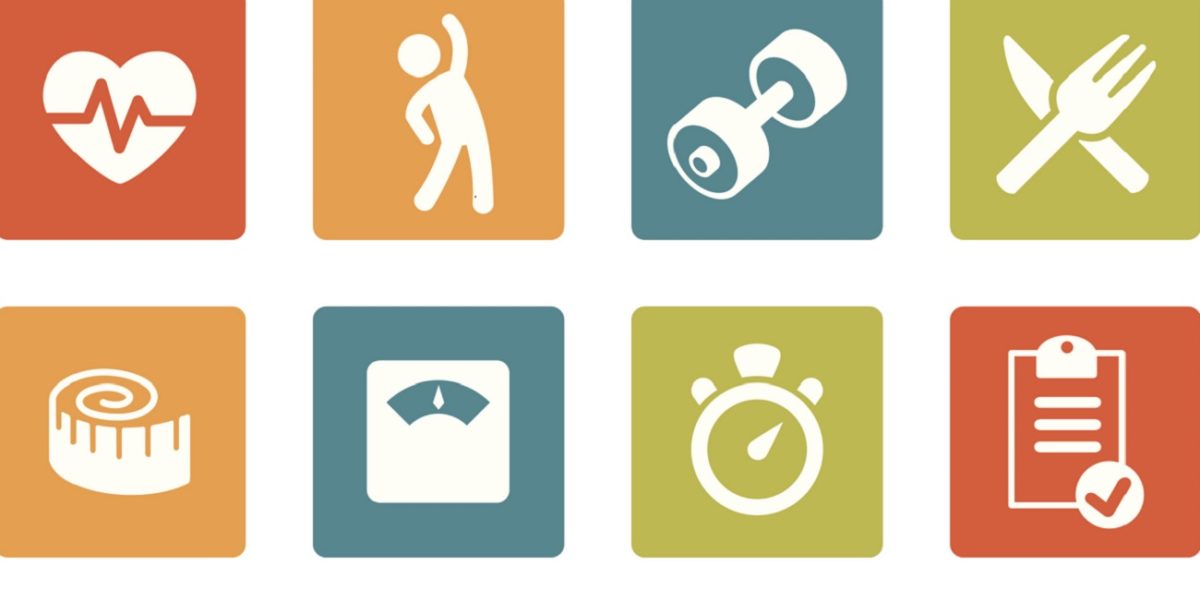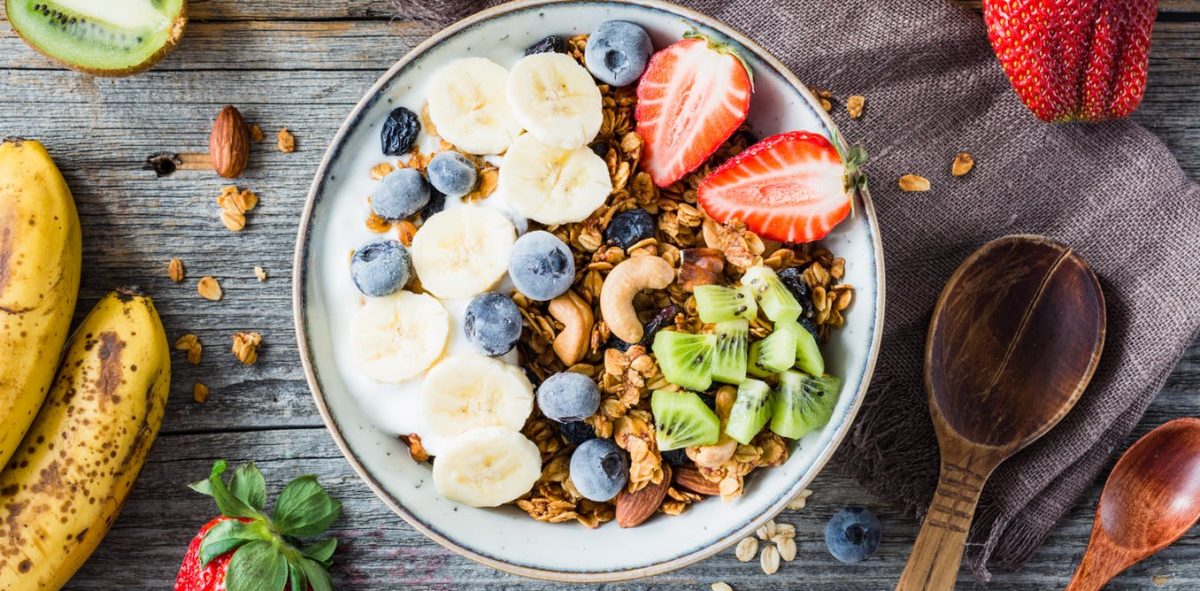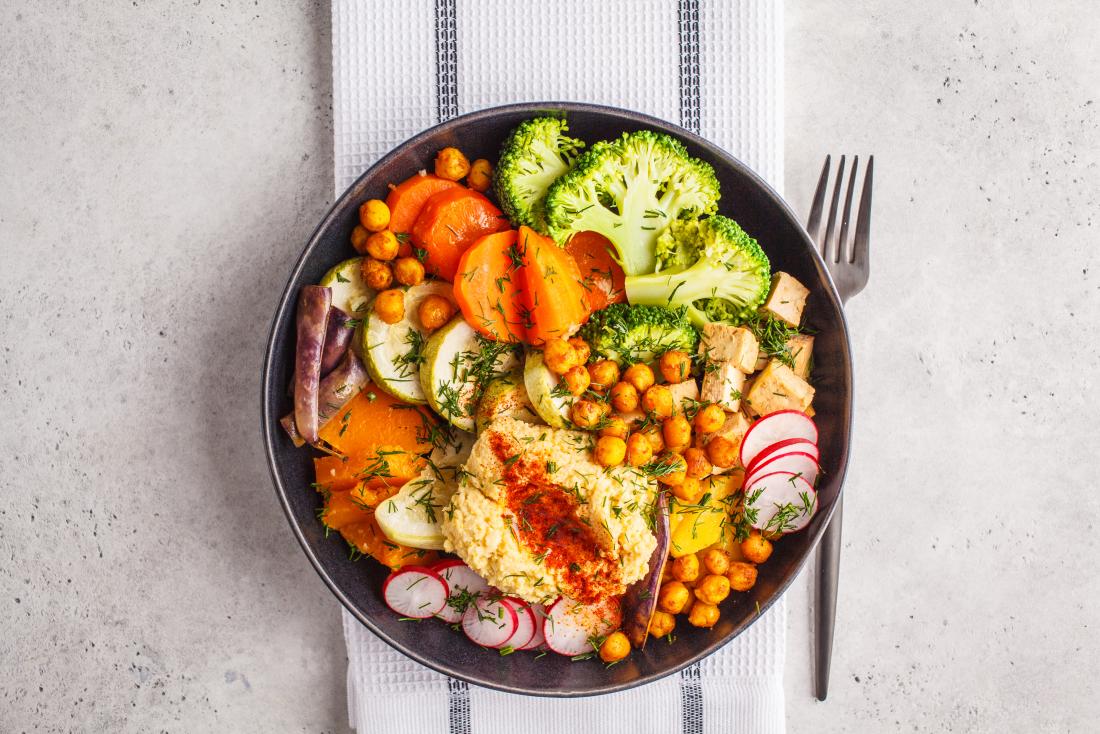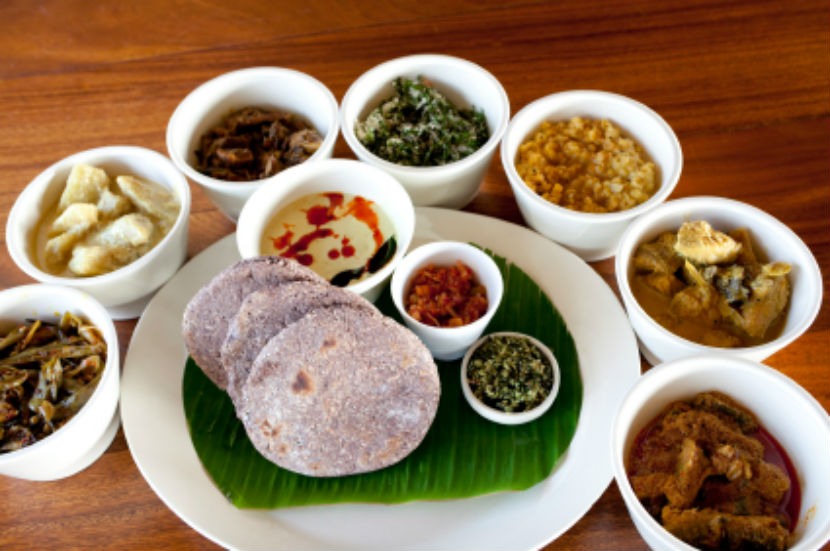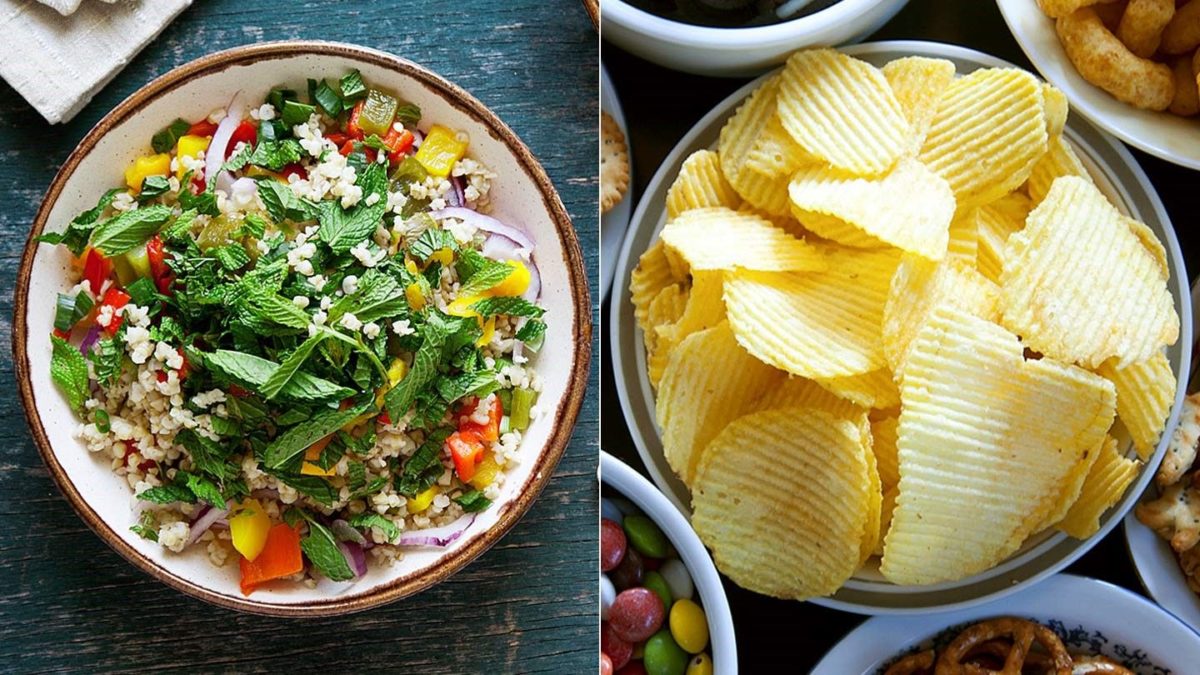GLYCAEMIC INDEX is the ranking system of carbohydrate-containing food products including vegetables, grains, fruits, etc. These ranks are calculated in comparison to the reference food i.e. either glucose or white bread. Thus, glycaemic index measures the impact of food products on blood glucose levels.
Glycaemic index falls under the categories of low, medium or high. High glycaemic index diet raises more blood sugar levels as compared to medium or low glycaemic index diet.
 IMPORTANCE OF GI
IMPORTANCE OF GI
After consumption of food, carbohydrates that break down more quickly during digestion and release glucose rapidly into the blood stream tend to have high glycaemic index. Similarly, carbohydrates that break down more slowly, releasing glucose more gradually into the bloodstream tend to have a low glycaemic index. Due to slow release of glucose into blood stream, low-glycaemic index foods tend to prevent diabetes.
Thus, glycaemic index is an important parameter for management of many metabolic disorders. It has been reported that low-glycaemic index diets are associated with decreased risk of cardiovascular disease, type 2 diabetes, stroke, depression, kidney disease, cancers, etc.
GLYCAEMIC INDEX AND DIABETES MEAL
For most of the people with diabetes, first tool for management of blood glucose levels is carbohydrate counting. Glycaemic index is such a tool, which could contribute well to a diabetic person meal for managing type 2 diabetes.
Low glycaemic index diet (GI ≤ 55) will prevent the immediate hike in the blood sugar levels after eating.
 The diet from high GI to low GI can be changed by:
The diet from high GI to low GI can be changed by:
- Including one low GI food at each meal (given in table).
- Choosing breakfast cereals based on barley, oats (such as porridge), and wheat and rice bran.
- Eating grainy breads made with whole seeds, barley and oats instead of white or brown bread.
- Eating pulses and legumes (such as beans, lentils and peas).
- Eating high fiber foods because it helps slow the digestion and absorption of carbohydrates.
BENEFITS OF LOW GLYCAEMIC INDEX DIET IN TYPE 2 DIABETES
- Blood glucose levels are maintained within acceptable range by monitoring the quantity & quality of carbohydrates consumed.
- HbA1c levels are also lowered and come under normal range with intake of low glycaemic index diet.
- Low glycaemic index diet also normalizes the insulin production in diabetic body.
- Low glycaemic index diet also helps to manage LDL cholesterol levels along with free fatty acids. Thus, it is helpful in managing lipid levels.
LOW GI FOODS (GI ≤ 55)
Foods with low GI have been given as following:
| Breakfast cereal | |||
| Bran | 30 | Rolled oats | 51 |
| Oat bran | 50 | Special K | 54 |
| Vegetables | |||
| Frozen green peas | 39 | Tomato | 15 |
| Frozen sweet corn | 47 | Chilies | 10 |
| Raw carrot | 16 | Lettuce | 10 |
| Boiled carrot | 41 | Green beans | 15 |
| Broccoli | 10 | Red pepper | 10 |
| Cauliflower | 15 | Onion | 10 |
| Cabbage | 10 | Mushroom | 10 |
| Bread | |||
| Soya and linseed | 36 | Whole wheat | 49 |
| Wholegrain pumpernickel | 46 | Sourdough rye | 48 |
| Heavy mixed grain | 45 | Sourdough | 54 |
| Fruits | |||
| Cherries | 22 | Plums | 24 |
| Grape | 25 | Peaches | 28 |
| Apples | 34 | Pears | 41 |
| Dried apricots | 32 | Grapes | 43 |
| Coconut | 45 | Coconut milk | 41 |
| Kiwi | 47 | Orange | 40 |
| Strawberry | 40 | Prunes | 29 |
| Legumes | |||
| Kidney beans | 52 | Butter beans | 36 |
| Chick peas | 42 | Red lentils | 21 |
| Green lentils | 30 | Pinto beans | 45 |
| Blackeyed beans | 50 | Yellow split peas | 32 |
| Dairy | |||
| Whole milk | 31 | Skimmed milk | 32 |
| Chocolate milk | 42 | Sweetened yoghurt | 33 |
| Custard | 35 | Soy milk | 44 |
| Snacks & sweet foods | |||
| Nut & seeds bar | 45 | Sponge cake | 46 |
| Nutella | 33 | Milk chocolate | 42 |
| Peanuts | 13 | Walnuts | 15 |
| Cashew nuts | 25 | Nuts & raisins | 21 |
| Jam | 51 | Corn chips | 42 |
| Oatmeal crackers | 55 | ||
| Staples | |||
| Wheat pasta | 54 | Potatoes | 54 |
| Meat ravioli | 39 | Spaghetti | 32 |
| Tortellini | 50 | Egg fettuccini | 32 |
| Brown rice | 50 | Buckwheat | 51 |
| Barley | 22 | Yam | 35 |
| Sweet potatoes | 48 | Noodles | 47 |
TIPS FOR DIABETICS
- Manipulating the sequence in nutrient intake: The glycaemic control in diabetics can be achieved by sequential intake of nutrients. Lipid and protein ingested before carbohydrate reduce postprandial hyperglycemia.Manipulating the sequence of nutrient ingestion might reveal a rapid, feasible, economic and safe strategy for optimizing glucose control in Type 2 Diabetes.
Trico D et al. suggested that high-carbohydrate containing foods should only be consumed after non-glucidic nutrients to combine the positive effects of lipids and proteins on glucose. This manipulation in diet gave a strategy for long-term management of type-2 diabetes.
- Eat unprocessed food: Unprocessed food should be eaten as much as possible. Whole, unprocessed food usually (but not always) has a lower glycaemic index than the same food when it’s processed.

-
Avoid overcooked food: Food should not be overcooked because it raises its glycaemic index.

-
High fiber food: Most of the food that is high in fiber takes longer to digest and raises blood sugar slowly.

CONCLUSION
Considering the impact of carbohydrates on blood glucose levels, glycaemic index improves the chances of picking the best carbohydrates for managing diabetes. Thus, glycaemic index is a useful approach for a diabetic person.
Glycaemic index also helps to maintain the balance between proteins and lipids. This balance manages the blood glucose levels by slowing the process of digestion.
Glycaemic index helps to interpret that which carbohydrate is beneficial for diabetics and which fast food worsens the condition of diabetes. Thus, if you have diabetes, glycaemic index is made for you. Learning a new way to eat takes time and effort but it contributes greatly to manage diabetes.
REFERENCES
- http://www.diabetes.org/
- http://www.whfoods.com/genpage.php?tname=faq&dbid=32
- http://www.diabetes.org.nz/food_and_nutrition/glycaemic_index
- http://www.diabetes.co.uk/diet/glycaemic-index-diet-and-diabetes.html
- file:///C:/Documents%20and%20Settings/Sys1/Desktop/The%20GI%20Diet%20-%20List%20of%20low%20GI%20foods.html
- http://www.healthlinkbc.ca/healthtopics/content.asp?hwid=aba5112
- http://www.nature.com/nutd/journal/v6/n8/full/nutd201633a.html
- http://www.diabetesselfmanagement.com/blog/my-battle-with-the-glycemic-index/










